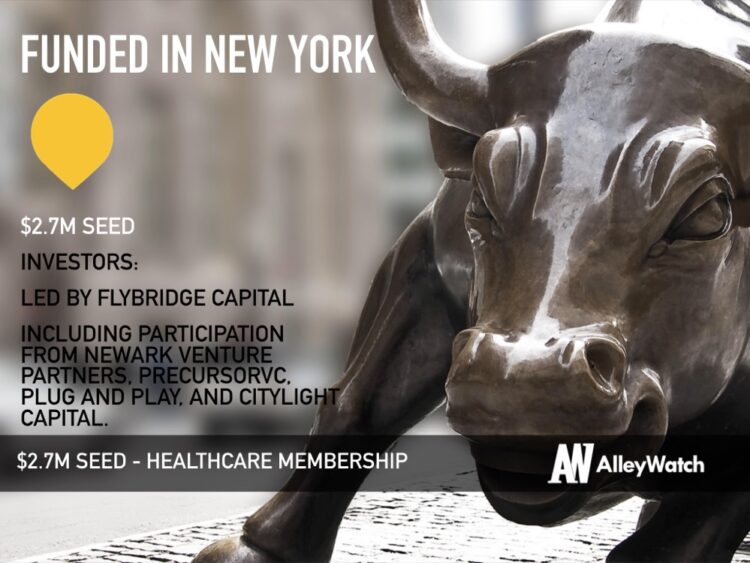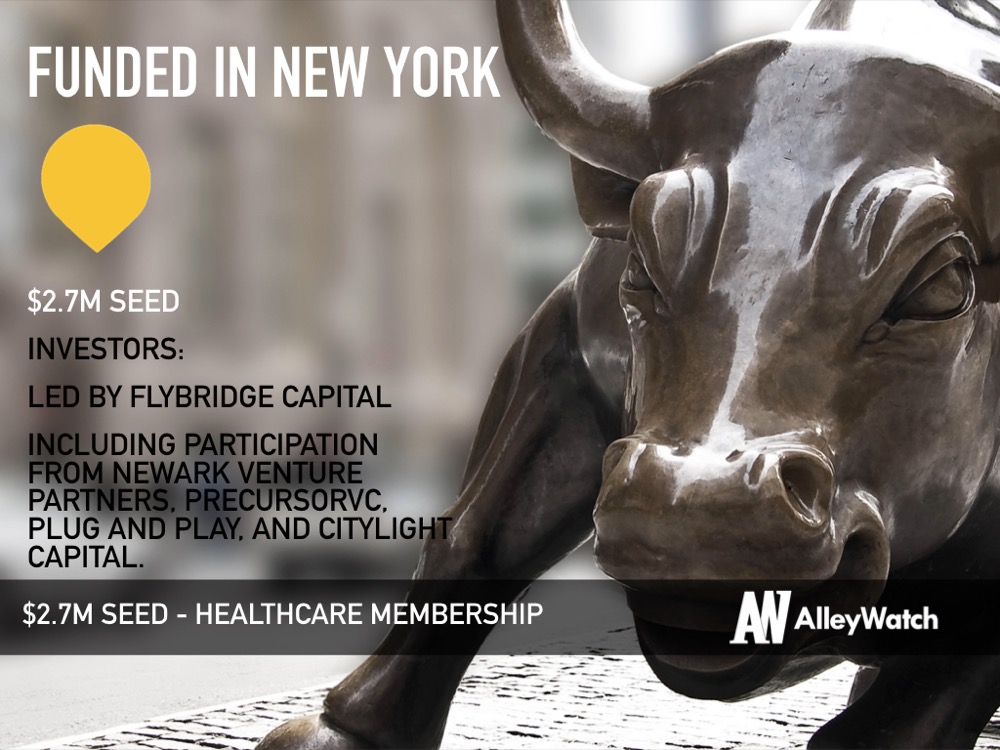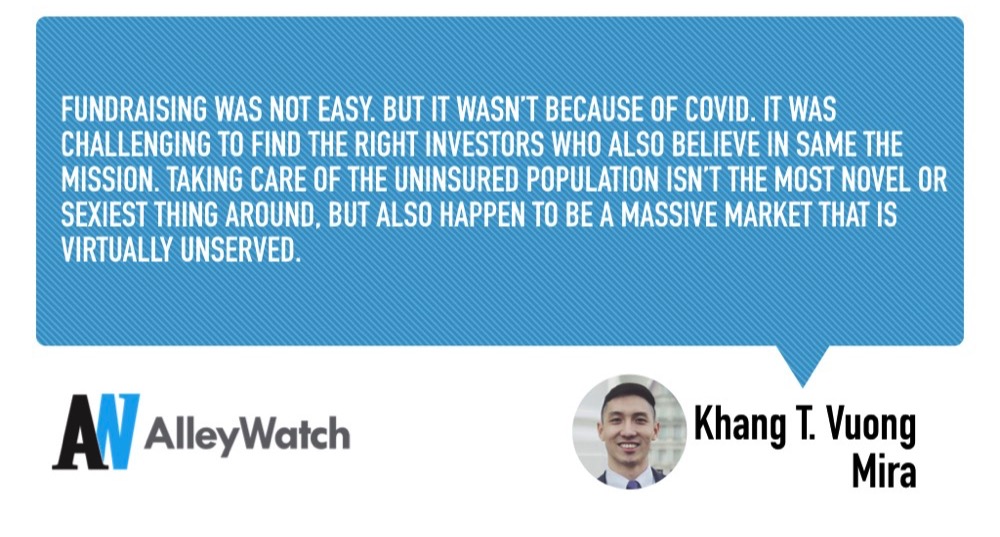For the millions of people in the US without health insurance (30M+) and for those that are underinsured (56M+), visiting the doctor for a routine checkup or when feeling under the weather can be a catastrophic expense. Mira allows people without insurance to receive preventative and urgent care at an affordable and accessible price point. The platform operates on a membership model with monthly dues ranging from $25 – $45. Members have access to a network of partner clinics that they can visit with an additional $99 fixed copay that includes the office visit, lab tests, and additional procedures at no extra charge. Mira’s offers 125 clinics, 1600 labs, and 60,000 pharmacies in its provider network.
AlleyWatch caught up with CEO and Founder Khang T. Vuong to discuss how his personal experience with the American healthcare system as an immigrant inspired him to launch Mira, the company’s geographic expansion plans to new markets, and the recent round of funding
Who were your investors and how much did you raise?
$2.7M Seed led by Flybridge, with participation from Newark Venture Partners, Precursor Ventures, Plug and Play, and CityLight Capital.
Tell us about the product or service that Mira offers.
Mira is a new option for people without health insurance to get essential healthcare. Pay less upfront, and pay as you go.
 What inspired the start of Mira?
What inspired the start of Mira?
The only way to get healthcare in the US is through an insurance plan, even the most basic services. And, you can only get insurance in this country via a great job or having to pay thousands of dollars on your own.
I came to the US alone when I was very young. After working my way through school and then in the health system space, I realize this problem is so unique and complex but solvable.
I left my job as a health system administrator and started Mira with that mission. I grew the team from just me to 10 people and expanded our provider network to 125 clinics, 1600 labs, and 60,000 pharmacies.
Today, we have partnerships with the biggest players out there including the Urgent Care Association, LabCorp, National Foundation for Cancer Research, and the Association of Independent Workers. All of that was accomplished under a year and a half since the founding of the company.
How is Mira different?
Mira is the first health benefits solution that costs less than your cable bill and think of how many times you actually watch TV in a month. Second, we radically reinvent what it means to access healthcare, regardless of insurance status.
The traditional health insurance model works by having a healthy pool (more healthy than sick people). This creates an adverse relationship between your healthcare utilization and the insurer’s profitability, the more you use, the less money they make. But we know that for certain services like preventative, primary care, and even urgent care, the earlier you get them, the less “sick” you will become down the road.
The traditional health insurance model works by having a healthy pool (more healthy than sick people). This creates an adverse relationship between your healthcare utilization and the insurer’s profitability, the more you use, the less money they make. But we know that for certain services like preventative, primary care, and even urgent care, the earlier you get them, the less “sick” you will become down the road.
Instead of underwriting the member risk, Mira creates a whole new way for people to access healthcare. We function like a Costco, but in healthcare. Our main source of revenue is membership.
Because of this fundamentally secured business model, we are 100% incentivized to negotiate with providers on behalf of our members for the best rates and facilitate the delivery of care in a way that is truly aligned with our members’ health. On top of that, Mira is open to everybody, regardless of pre-existing conditions.
What market does Mira target and how big is it?
There are 30M uninsured, and 56M underinsured according to the CommonWealthFund 2020 statistics. They spend $1K on healthcare out of pocket expenses a year on average.
How has COVID-19 impacted your business?
Healthcare coverage is intertwined with employment, so millions of people without jobs today also means millions more uninsured. There is so much room for us to grow and help more people get care.
What was the funding process like?
Fundraising was not easy. But it wasn’t because of COVID. It was challenging to find the right investors who also believe in same the mission. Taking care of the uninsured population isn’t the most novel or sexiest thing around, but also happen to be a massive market that is virtually unserved.
But we’re very fortunate to have a rockstar panel of investors who deeply believe in serving underserved communities and would put their capital behind it.
What factors about your business led your investors to write the check?
Timing. And the realization that the uninsured population today comprises a diverse set of segments – middle-class millennials, gig economy workers, freelancer software engineers, and restaurant owners.
What are the milestones you plan to achieve in the next six months?
We are expanding beyond NYC to California, Texas, and Florida.
What advice can you offer companies in New York that do not have a fresh injection of capital in the bank?
Capital will accelerate progress and learning, but it can’t buy solutions to your existing problems. You need to experiment and solve them, and use then capital to double down on what works.
Funding can accelerate what works, but it also can accelerate what doesn’t work and leave you with an even bigger problem later on. You have to be the problem solver yourself.
Where do you see the company going now over the near term?
We want to be a third option for Americans to get healthcare and we want to do that in all 50 states.
What’s your favorite outdoor dining restaurant in NYC
Tartine.
You are seconds away from signing up for the hottest list in New York Tech! Join the millions and keep up with the stories shaping entrepreneurship. Sign up today





